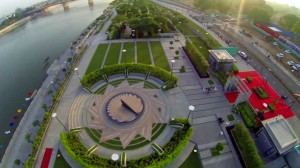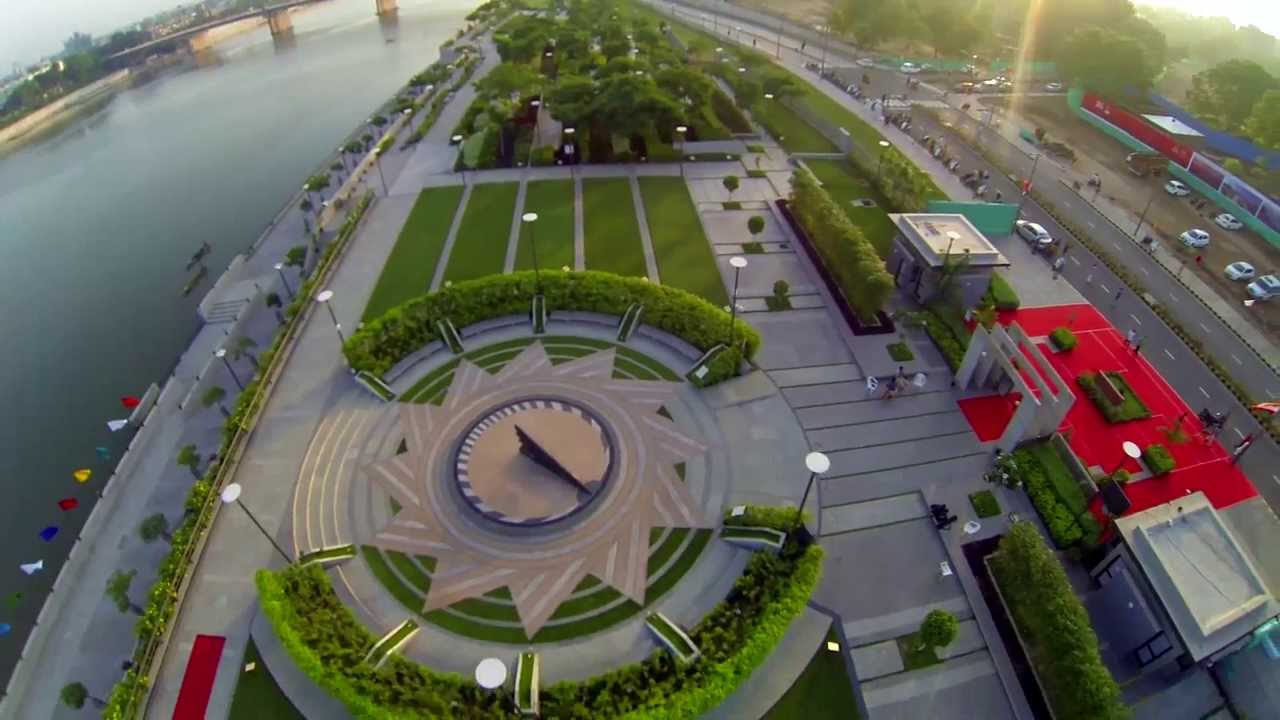Bottom Line: The real estate markets of Gujarat, most notably Ahmedabad and Vadodara are case studies in rapid development. The cities have kept pace on all the given scales of development—real estate developments, infrastructure growth and the economic vibrancy.
 Urbanisation is inevitable and it changes the very look and feel of the cities across the country. However, probably none other city has been completely transformed the way cities like Ahmedabad and Vadodara and traditional old world charm has been overtaken by a thriving urban metropolis.
Urbanisation is inevitable and it changes the very look and feel of the cities across the country. However, probably none other city has been completely transformed the way cities like Ahmedabad and Vadodara and traditional old world charm has been overtaken by a thriving urban metropolis.
Facts speak for themselves. In terms of investment and infrastructure the state has been the front runner and most of the investment and urbanisation has happened in the cities of Ahmedabad and Vadodara. No wonder, the developers from across the country, some of them even with a strong foothold in the matured property market like Mumbai and Pune, are today flocking to Gujarat. To add to it, some of the developers in the state have also grown big enough to expand their footprint in other markets across the country.
Analysts debate how far the real estate growth has affected the classic charm of Gujarat, as there is a visible change in the new buildings of the city as against the classic old ones. It seems there is a change of generation in terms of living standards and urban outlook in this part of the world. These cities are growing at the fastest pace ever and Ahmeadabad and Vadodara have seen urbanisation transform the perception of the cities from a mere trading city to an emerging global metropolis. People come here for jobs, to earn a livelihood and to improve their lot. This increasing population has impacted the society as well.
In any given developing economy, people move in to an area and infrastructure follows. Whereas in Gujarat the infrastructure has always been better than many of the other Indian cities and the migration has only made sure that the developers have kept up the pace of development extremely well with the growth of the city. Urbanisation has triggered impeccable makeover in the city of Ahmedabad and Vadodara. As a result, Gujarat today stands out as one of the best investment magnet and that is driving the migration and urbanisation. Needless to add, the role of the real estate developers cannot be denied or undermined in this growth story.
Though some of the urban experts lament the fact that Gujarat is fast losing its old look, residents of Ahmedabad and Vadodara are rather happy that the growth in the realty market and infrastructure has also brought economic prosperity in the state. They believe the only way forward is increased urbanisation, though the direction of the growth has often been debated as well. Urbanisation has impacted the Gujarat market in many ways. Primarily one can observe that it is not only the Gujarati which is the predominant mother tongue of the city. It is still the most popular language used but it is fast being replaced by Hindi and English. Secondly, it is no more a cost conscious market in terms of its spending habits. The migrant population and the entry of big brands have completely transformed the outlook of the state’s market and economy.
A local real estate agent says that Ahmedabad has grown fast and hence the look of old Ahmedabad has been restricted to old city. Vadodara has retained some of its look; however most of the new areas have no relation to classic Vadodara. According to him, the change is too fast to be noticed and he rates Ahmedabad as 50 per cent and Vadodara as 65 per cent in retaining the classic looks.
“Urbanisation has reduced the population in Villages. Rapid migration to cities both Indian and foreign has made ghost towns out of prosperous villages. At the same time the development of the cities has been very good. The infrastructure has been improving steadily and the lifestyle of people has improved like any other metro city. Surat, Vadodara and Ahmedabad have a healthcare, education, eating out options, hotels, etc like a good city. The mindset of people also has been opening up to modern society of cosmopolitan people,” says the agent.
A regular traveller of Vadodara, Pranay Vakil, Chairman of Praron Consultancy wonders whether there is any method in the madness the way city is growing. According to him, the city fast needs to adopt a planned development model, failing which it would be an urban nightmare.
“You travel to Vadodara on a regular basis and it may not affect you since the real estate growth in the city has been quite constant. But if you visit the city after a gap of a few years, it hits hard on you. You start wondering whether someone is actually monitoring in which direction the city is growing. Some method is indeed needed in this madness to make sure the city does not look completely different than what it used to be,” Says Vakil.
Some of the analysts tracking the market maintain that the load on land and infrastructure is leading Master Plans redundant in terms of uneven growth. They suggest that master planning needs to improve to handle the load. Uncertainty is no excuse of not planning. In fact planning should take care of all eventual possibilities so that the resource utilisation is optimum. If that is done, Gujarat can truly emerge as a global destination.
This brings to the table the moot point as to what should be the roadmap ahead to stop the Gujarat markets from turning out to be urban nightmare. Analysts maintain proactive master planning body is a necessity. The urban development authorities across the state are a confused lot with the pace of development beyond their expectations. While there are thousands of illegal constructions across the cities of Gujarat, legitimate projects are delayed due to impractical rules. The government should have clear cut guidelines and focus on progress of the city rather than bring hindrance in form of impossible rules. The developers suggest that the government should learn from successful cities worldwide to make four of the top cities of Gujarat the best cities in India.





